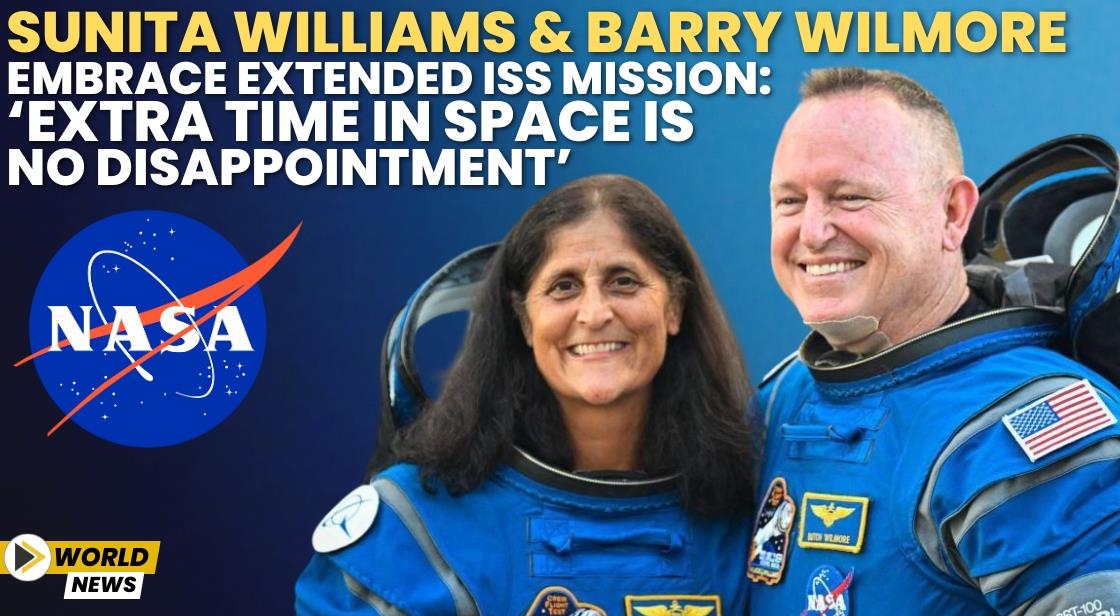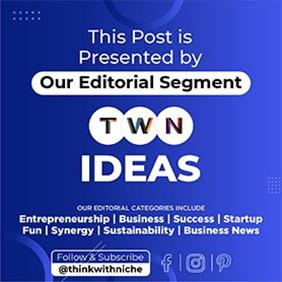Sunita Williams and Barry Wilmore Embrace Extended ISS Mission: ‘Extra Time in Space is No Disappointment’

News Synopsis
Astronauts Sunita Williams and Barry Wilmore, originally part of the Boeing Starliner mission, have shared their thoughts on their unexpectedly extended stay aboard the International Space Station (ISS). Initially scheduled for an eight-day mission, the astronauts have had to extend their stay due to technical difficulties with the Starliner capsule. Despite these changes, Williams and Wilmore have expressed no disappointment about spending more time in space and have taken this as an opportunity for further exploration.
Starliner Mission Setbacks and the Capsule's Return
The Boeing Starliner capsule, launched on June 5, 2024, was intended to complete an eight-day mission. However, the mission was extended indefinitely following helium leaks and thruster malfunctions. The issues posed challenges for NASA and Boeing, leading to a prolonged stay for the astronauts aboard the ISS. NASA announced that Williams and Wilmore would now return to Earth in early February 2025 using Elon Musk’s SpaceX Crew Dragon capsule instead of the Starliner.
On September 6, 2024, the Starliner capsule returned to Earth without astronauts, but according to Wilmore, this decision was made under time constraints. He explained that, given more time, the capsule could have been safely repaired for their return journey. “We could have gotten to the point where we could have returned on Starliner, but we just simply ran out of time,” Wilmore noted during a video press conference.
Challenges of Extended Stay and Decision to Switch to Crew Dragon
The unexpected extension of their ISS stay has presented logistical and operational challenges for both the astronauts and NASA's ISS team. With 12 astronauts now onboard the ISS, including seven from NASA, the extended missions have required the team to manage supplies and other resources more carefully. Six of these astronauts, including Williams and Wilmore, have been on the ISS since June or earlier, which has tested their resilience and ability to adapt to unexpected circumstances.
Wilmore spoke about the difficult decision-making process regarding whether Starliner would return with or without the astronauts. He explained the time pressure involved and the detailed discussions between NASA, Boeing, and the astronauts themselves. “The timeline came to the point where we had to decide, is Starliner coming back with us or without us?” Wilmore said, highlighting the complex conversations surrounding the capsule’s return and technical issues.
Behind-the-Scenes Discussions and Data Analysis
Both Sunita Williams and Wilmore were closely involved in the discussions regarding Starliner’s return and the technical challenges the capsule faced. Williams expressed her appreciation for the in-depth and collaborative nature of these talks. “I was really impressed… There were a lot of opinions. There was a lot of data coming in at different times, and a lot of people trying to digest that data and understand it,” she said.
The extensive data analysis and decision-making process underline the importance of collaboration and communication in space missions, especially when facing unexpected challenges. Williams praised the efforts of both Boeing and NASA teams, emphasizing how they worked together to analyze the situation and make informed decisions.
Astronauts Embrace Extended ISS Stay
Despite the extension of their mission, neither Williams nor Wilmore expressed disappointment. In fact, they have embraced the additional time spent in orbit, emphasizing that managing challenges like these is an essential part of their job as NASA astronauts and former Navy test pilots. They acknowledged that the Starliner mission was a test flight, and such issues are to be expected. Both astronauts remain optimistic about their extended stay and see it as a valuable learning opportunity.
During their video conference, the astronauts discussed the experience of spending additional time in space. Williams described space as a ‘happy place’ and said that while they will miss their families and friends, they are grateful for the unique experiences they are gaining. The ability to handle the unexpected with grace and professionalism is a hallmark of a NASA astronaut's training, and both Williams and Wilmore have displayed this in their attitude toward the extended mission.
Looking Forward to Returning on SpaceX’s Crew Dragon
While they will not return on the Boeing Starliner as initially planned, Williams and Wilmore are excited about their upcoming return on SpaceX’s Crew Dragon capsule in early 2025. This opportunity will allow the astronauts to experience both spacecraft during their mission, and Williams noted the advantage of flying on two different systems. “We’re excited to fly in two different spacecraft. I mean, we’re testers; that’s what we do,” she said.
Williams also emphasized that they would return with valuable feedback and evaluations of both the Starliner and Crew Dragon spacecraft. This comparative experience will contribute to the further development and refinement of spacecraft technologies in the future.
Conclusion: Adapting to the Unexpected in Space
Sunita Williams and Barry Wilmore’s extended stay aboard the ISS has proven that space exploration is full of uncertainties. Rather than being discouraged by the delays and technical issues with Starliner, the astronauts have embraced the additional time in space as a valuable learning experience. Their ability to adapt to unforeseen circumstances, collaborate on problem-solving, and maintain an optimistic outlook highlights the resilience required in space missions. As they prepare to return on SpaceX’s Crew Dragon in 2025, Williams and Wilmore continue to demonstrate the skills and mindset that define successful astronauts.









